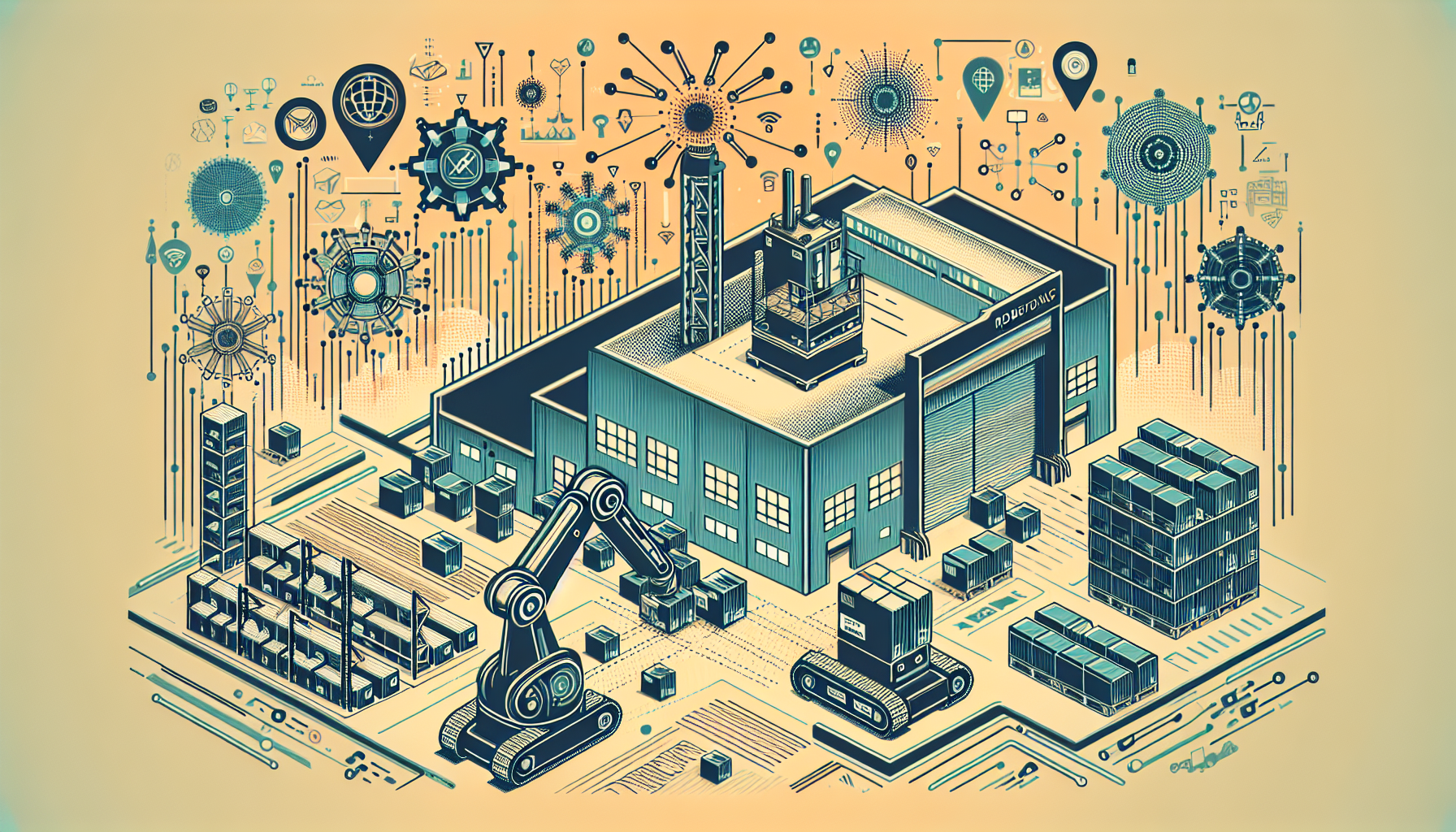Amazon, the e-commerce powerhouse, is set to revolutionize its warehouse operations once again. This time, the company is joining forces with Covariant, a startup that specializes in AI-driven robotics. This new collaboration is expected to bring significant advancements to Amazon’s already innovative approach to automation.
### Background: Amazon’s Robotics Journey
Amazon’s journey into robotics started back in 2012 when it acquired Kiva Systems. This move drastically improved the efficiency of its ecommerce operations by streamlining logistics and cutting labor costs. The acquisition of Kiva marked the beginning of a new era for Amazon, making warehouse automation a cornerstone of its business model.
### The Covariant Deal
Now, Amazon is taking another giant leap by bringing in the founders of Covariant. Known for their expertise in developing AI technologies, Covariant has been a leading player in automating the picking and handling of a diverse array of physical items. By incorporating Covariant’s AI prowess, Amazon aims to elevate the capabilities of its robots. This could mean greater precision and intelligence in handling complex tasks.
### Implications for Warehouse Automation
The impact of this development could be profound. With Covariant’s AI, Amazon’s robots may soon excel at picking items from shelves, packing orders, and navigating warehouse spaces more efficiently. Such advancements could greatly boost Amazon’s operational efficiency, minimizing the need for human involvement in routine, labor-intensive tasks.
### Concerns and Future Outlook
While the technology is promising, it raises concerns about employment. Workers and labor experts worry that automation might lead to job losses. Amazon, however, argues that robots will complement human employees, not replace them. The company suggests that new, more specialized roles could emerge, focusing on tasks that add higher value to the operations.
### Technological Innovations
Amazon is also exploring other areas of robotic technology. For example, the company is testing a robot named Digit, which comes from Agility—a company born out of Oregon State University research. Digit can autonomously sense, grasp, and move bulk objects like storage containers. Using advanced sensors and a LiDAR system, Digit navigates its environment with ease. This robot embodies years of research into human and animal movement, making it adept at traversing various terrains.
### Conclusion
Hiring the founders of Covariant marks a significant milestone in Amazon’s relentless pursuit of warehouse automation. As AI-driven robotics evolve, Amazon is well-positioned to lead this transformation in the logistics sector. Though concerns about job displacement are genuine, the integration of these advanced technologies could also create new roles, ensuring human workers remain an essential part of Amazon’s operations. As we watch these advancements unfold, the balance between efficiency and employment will be an important aspect to monitor.

Leave a Reply